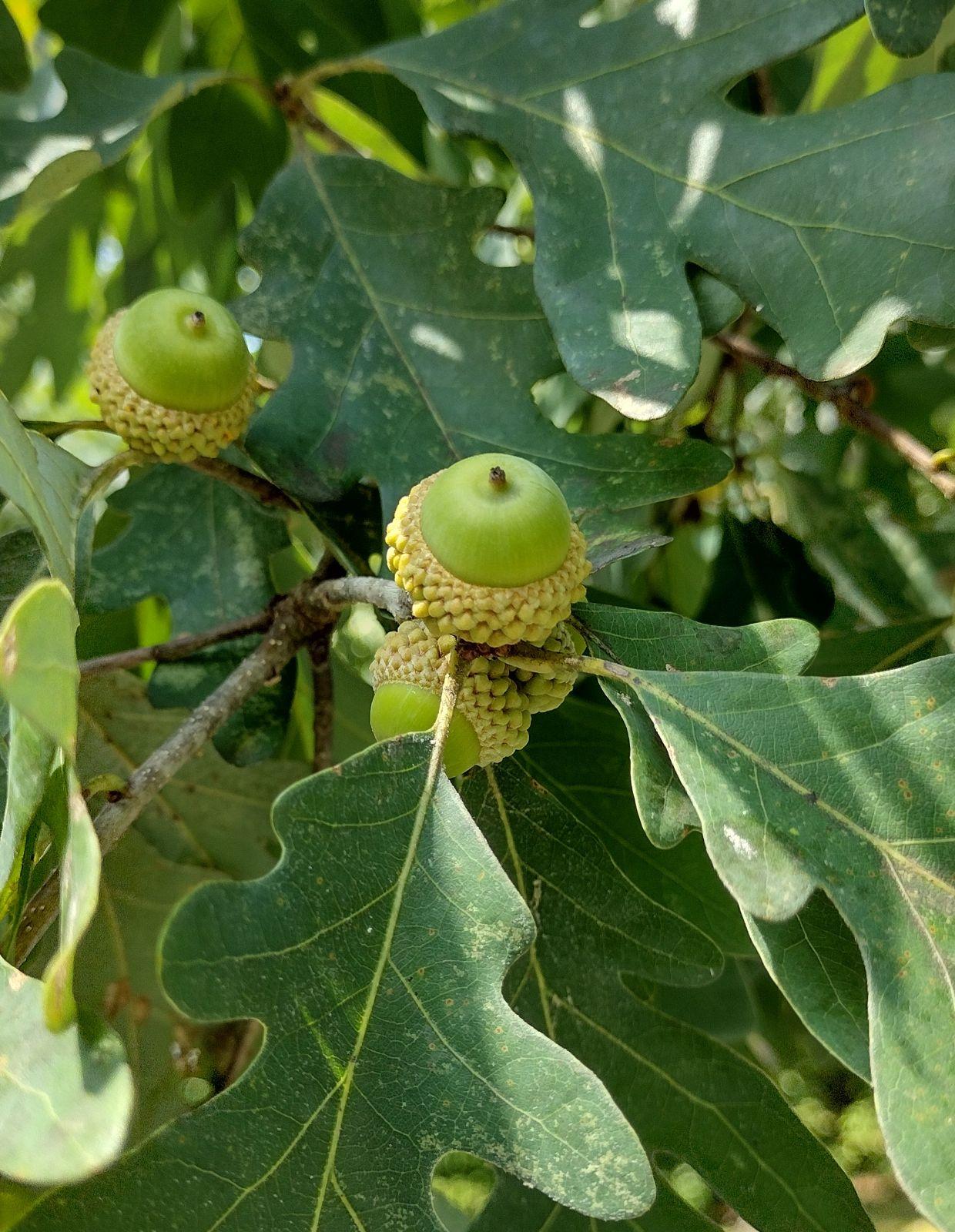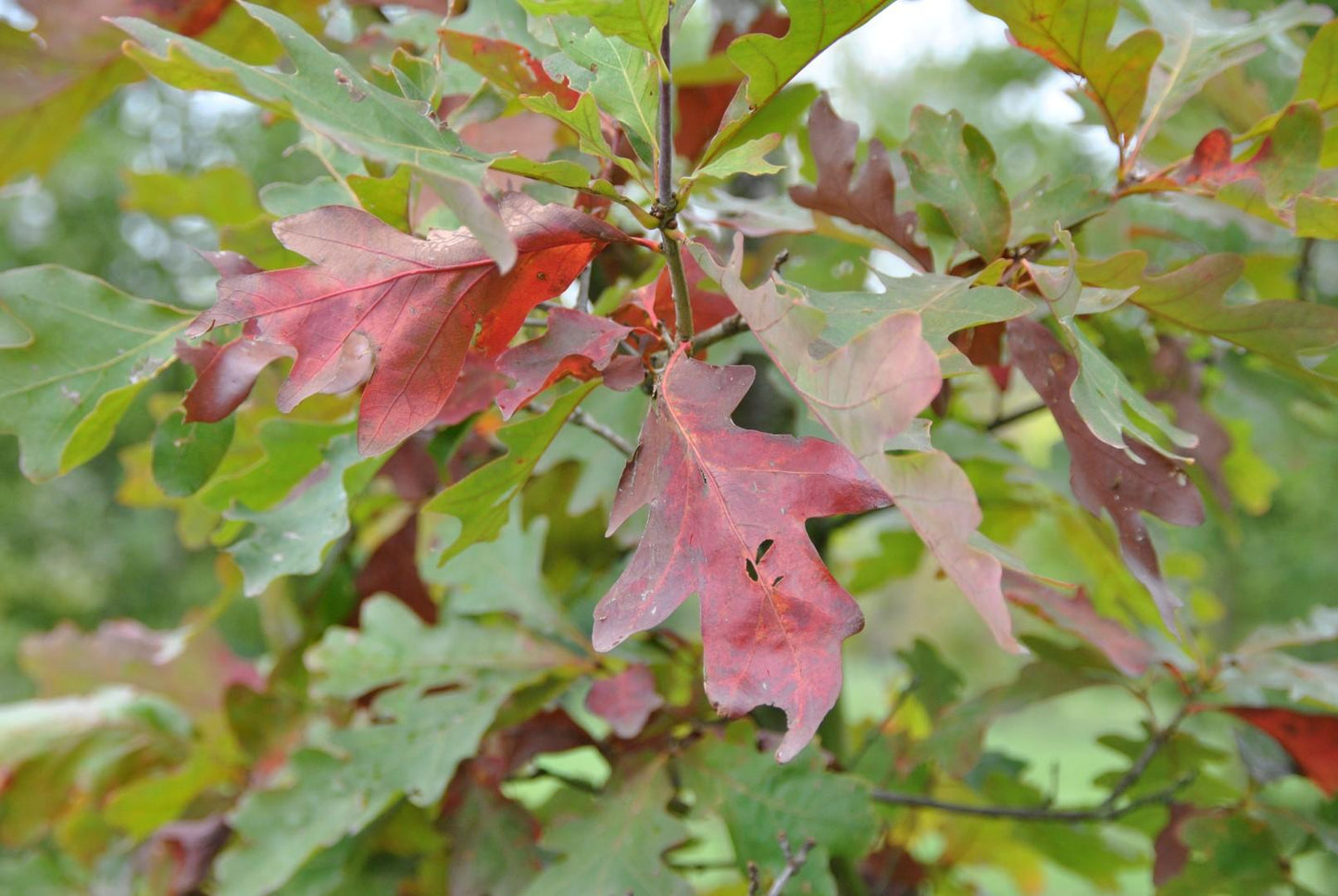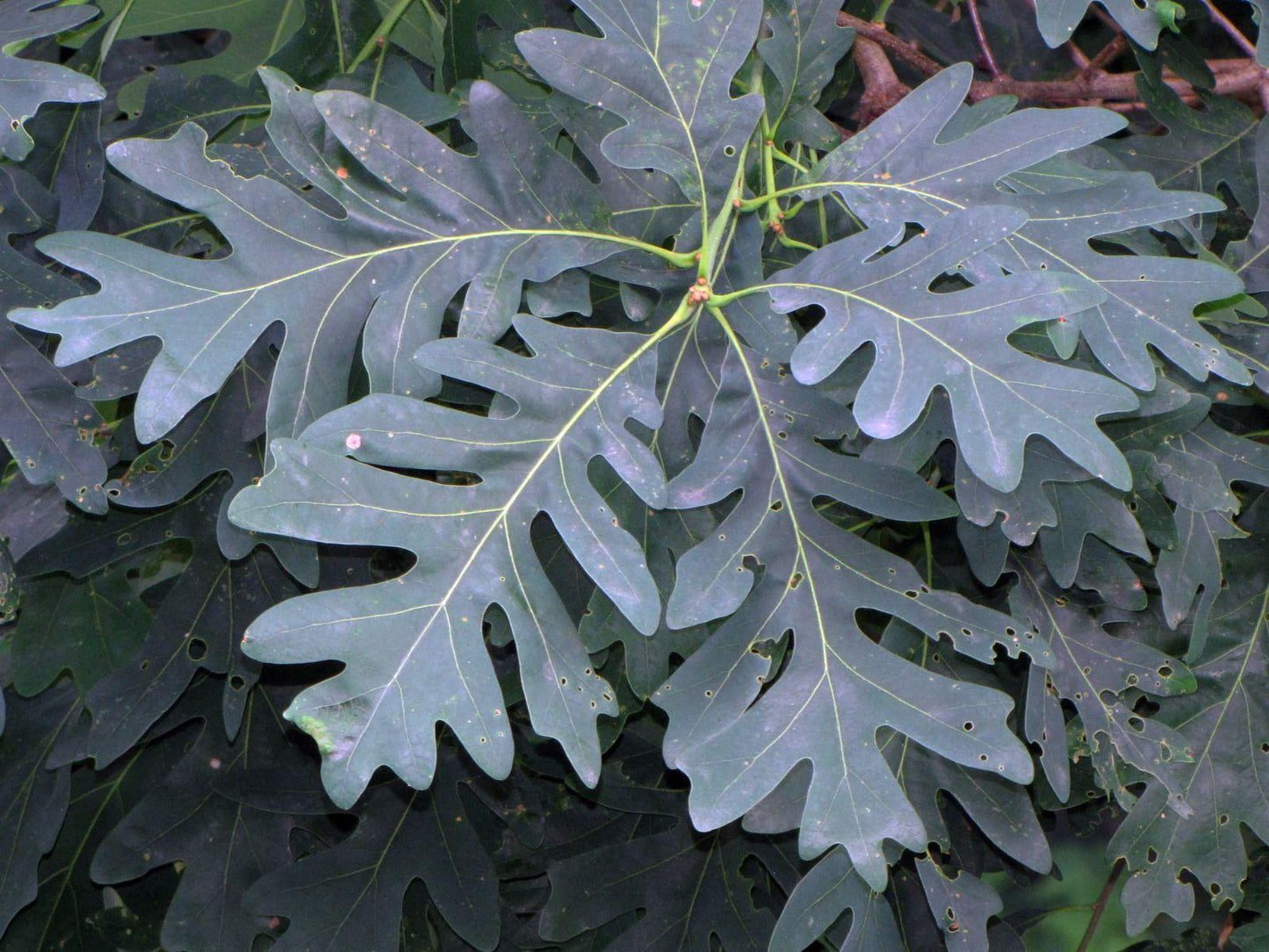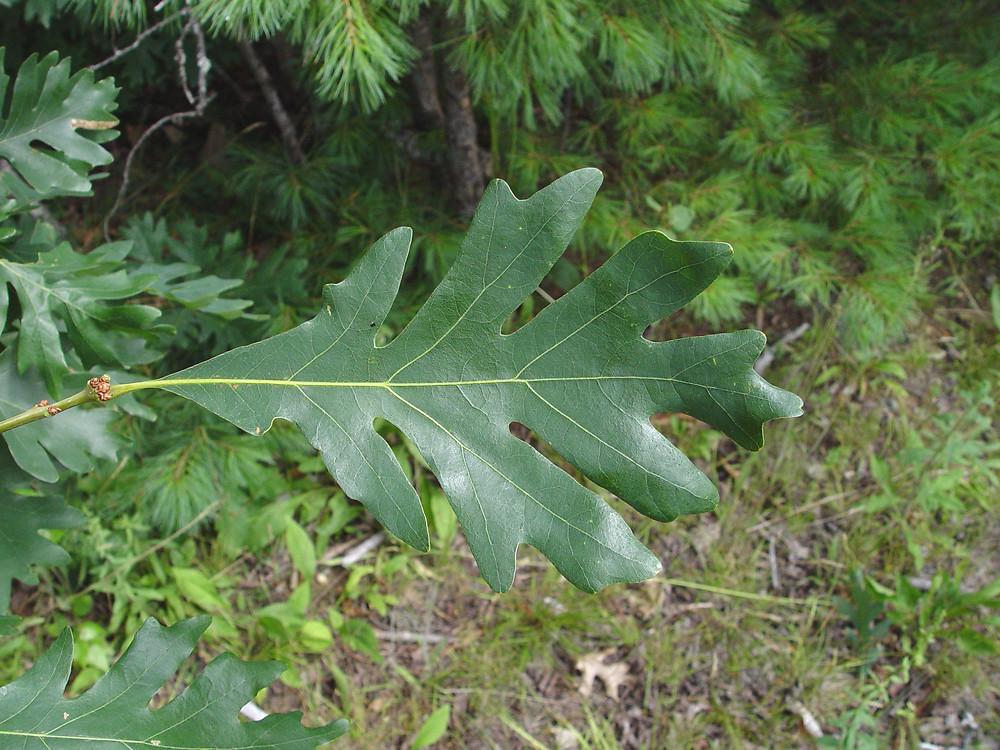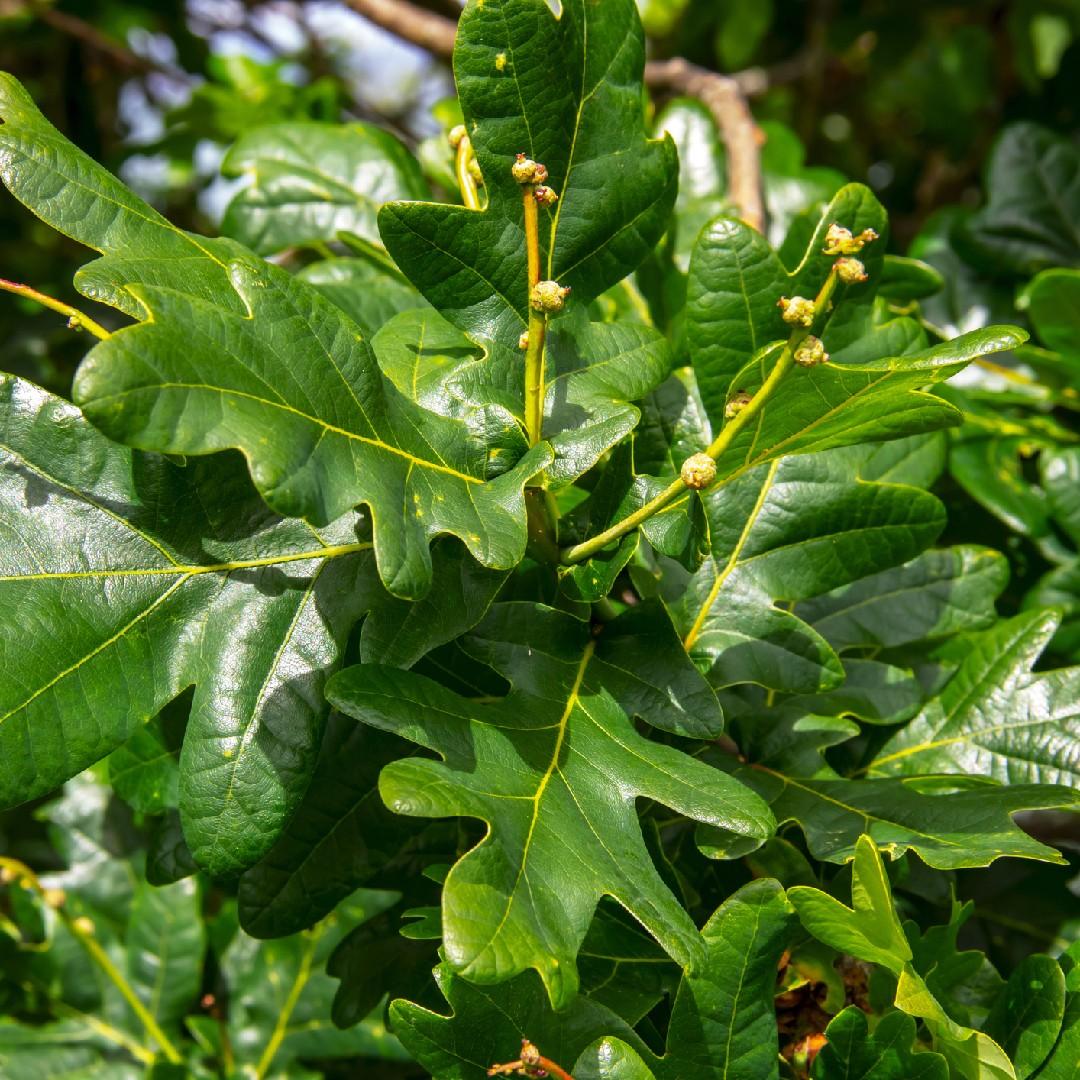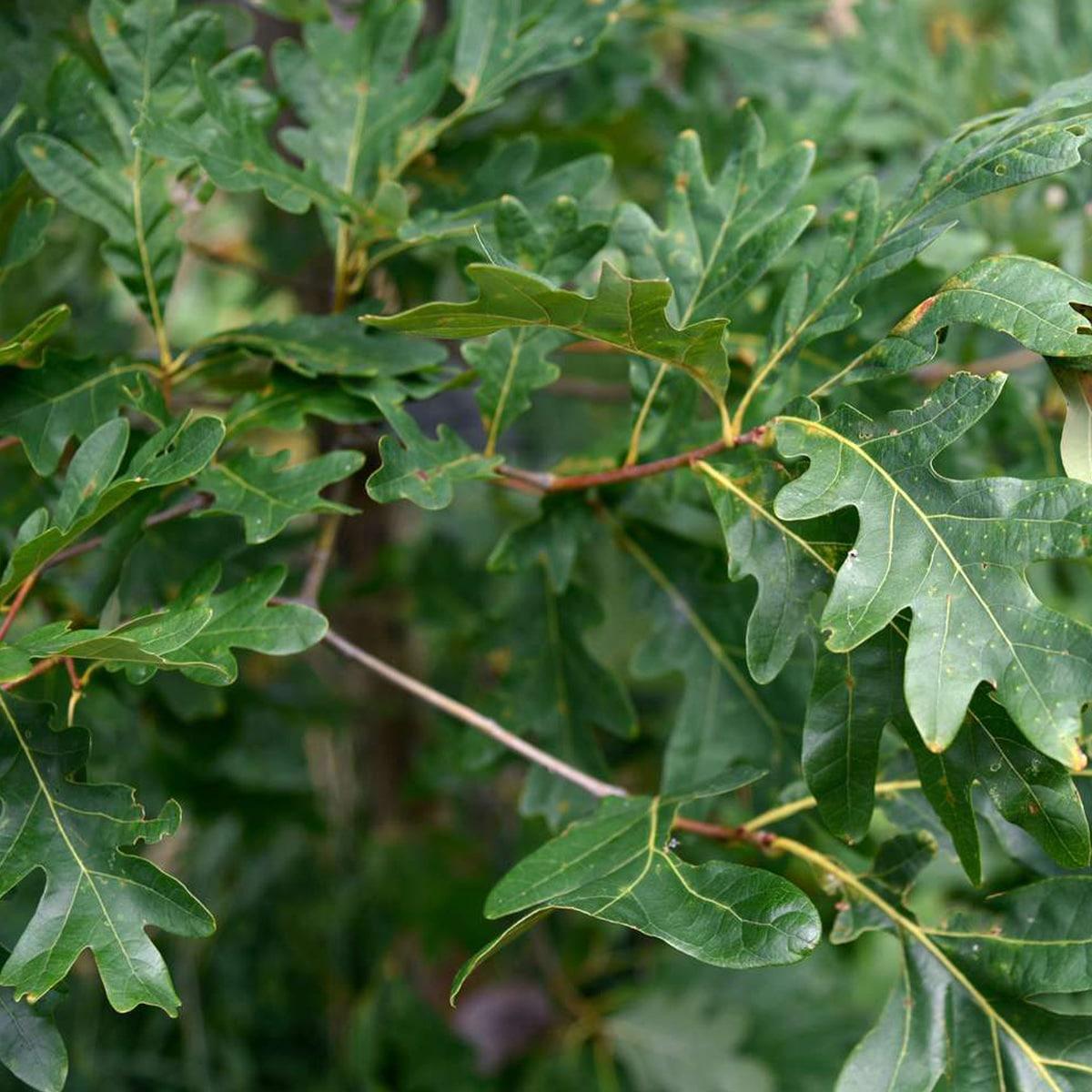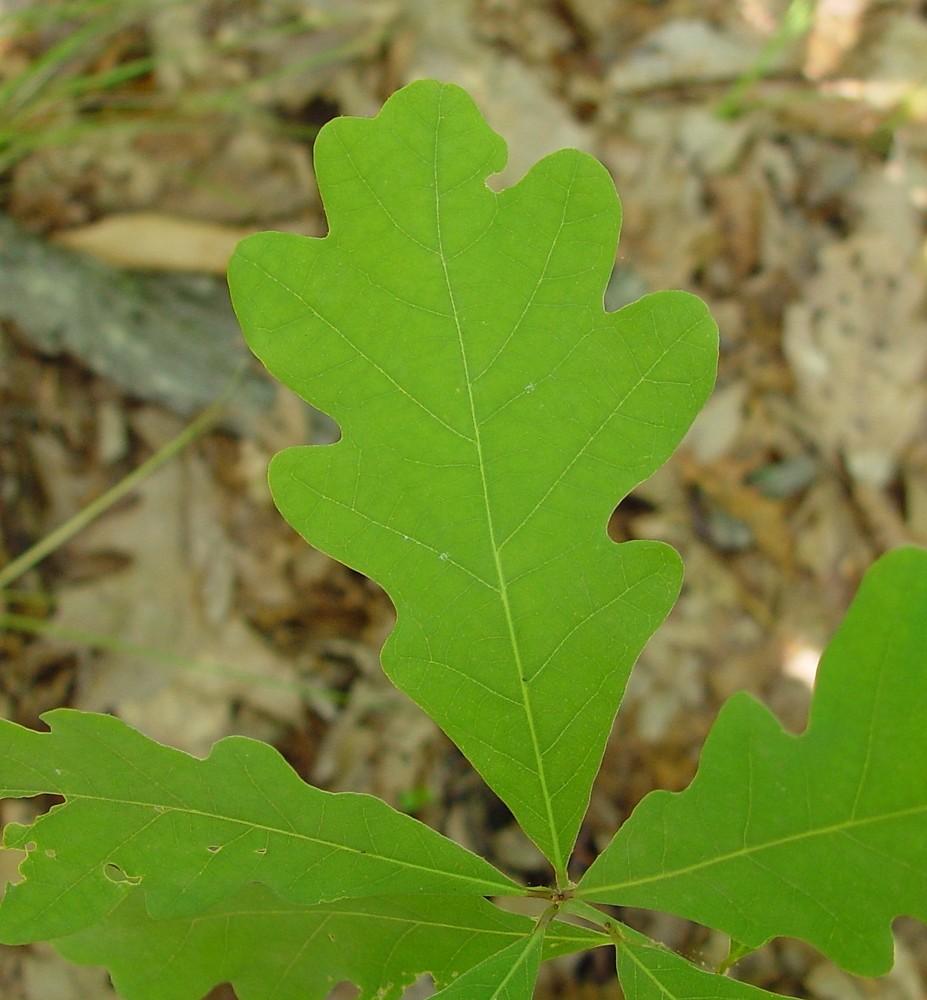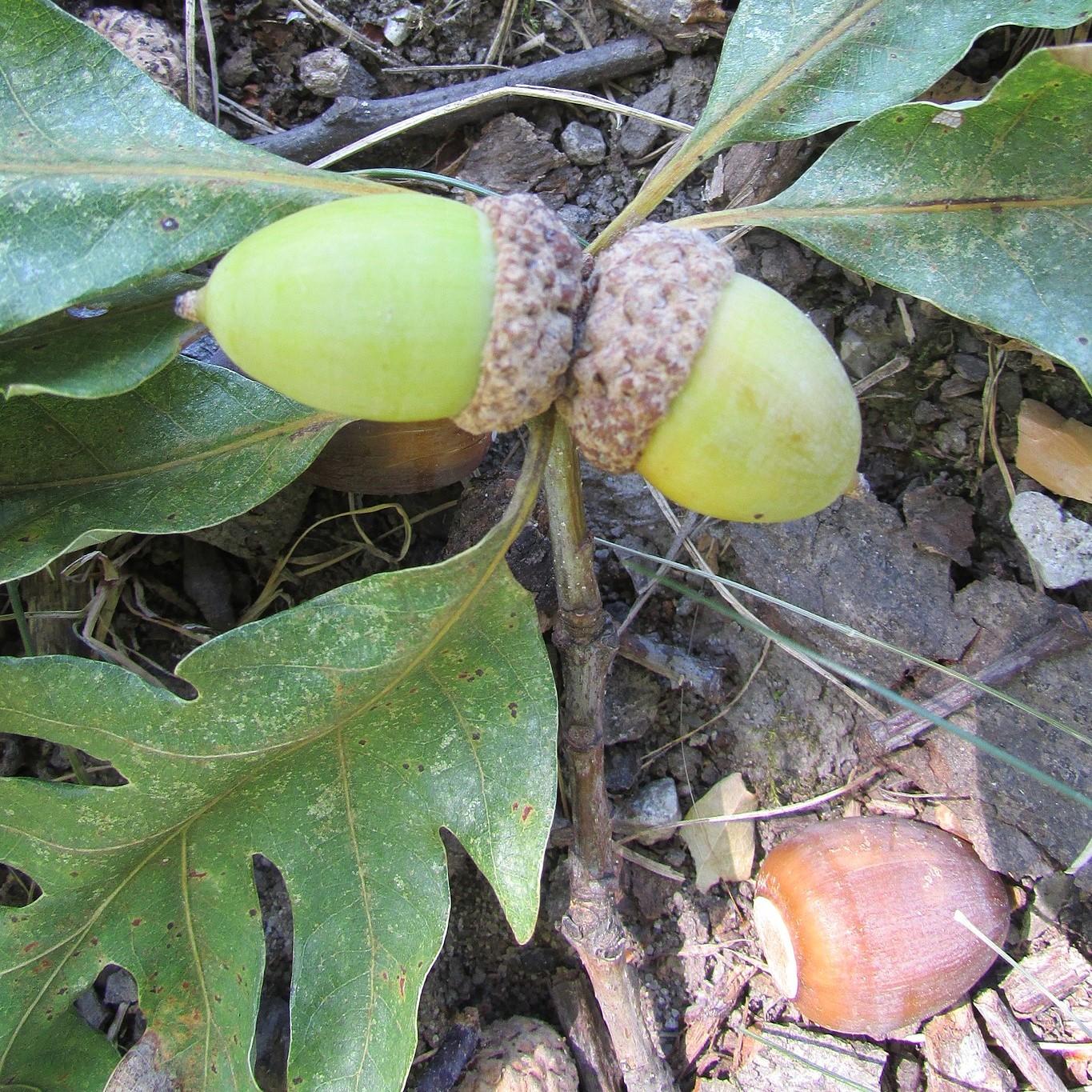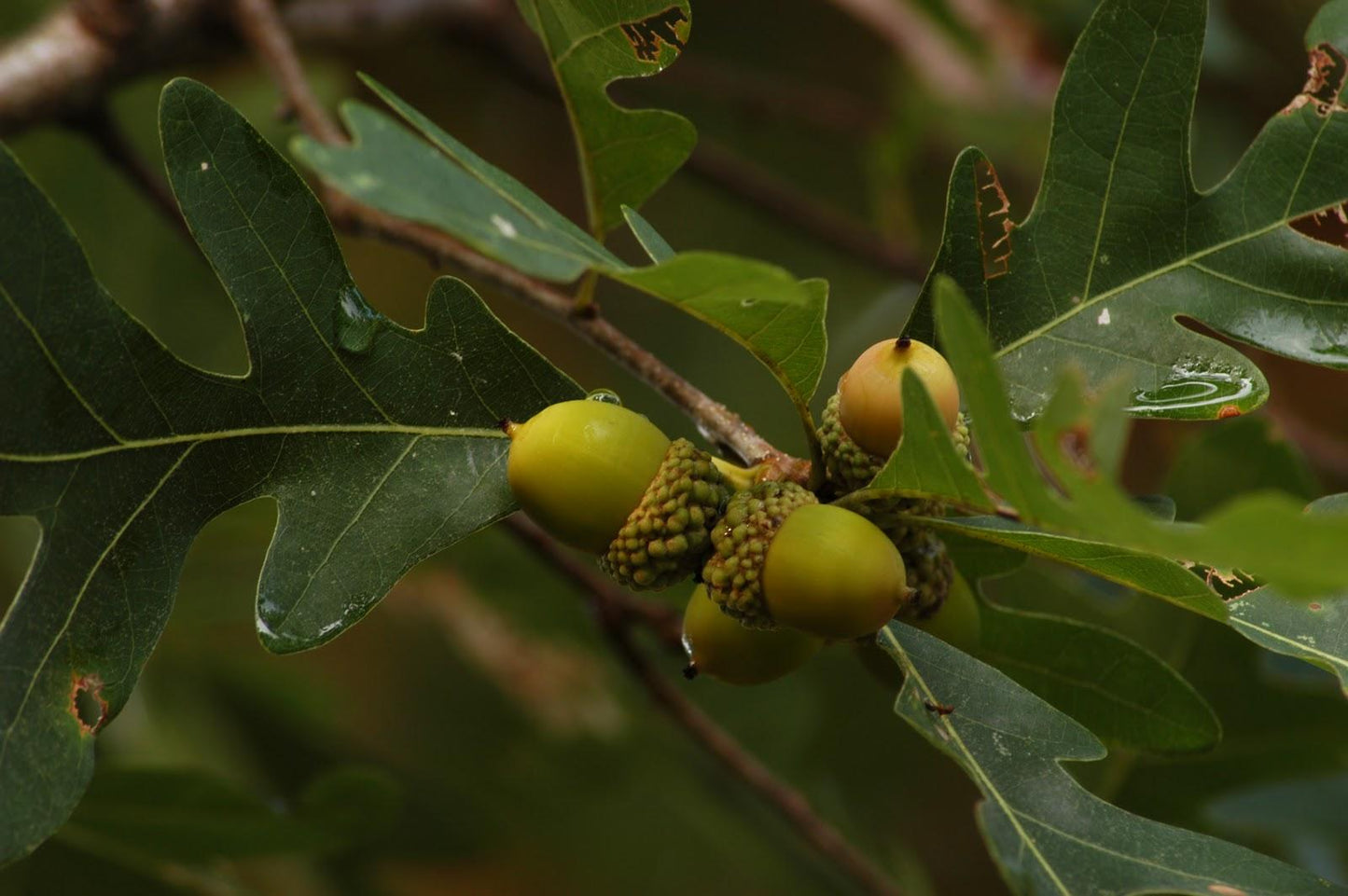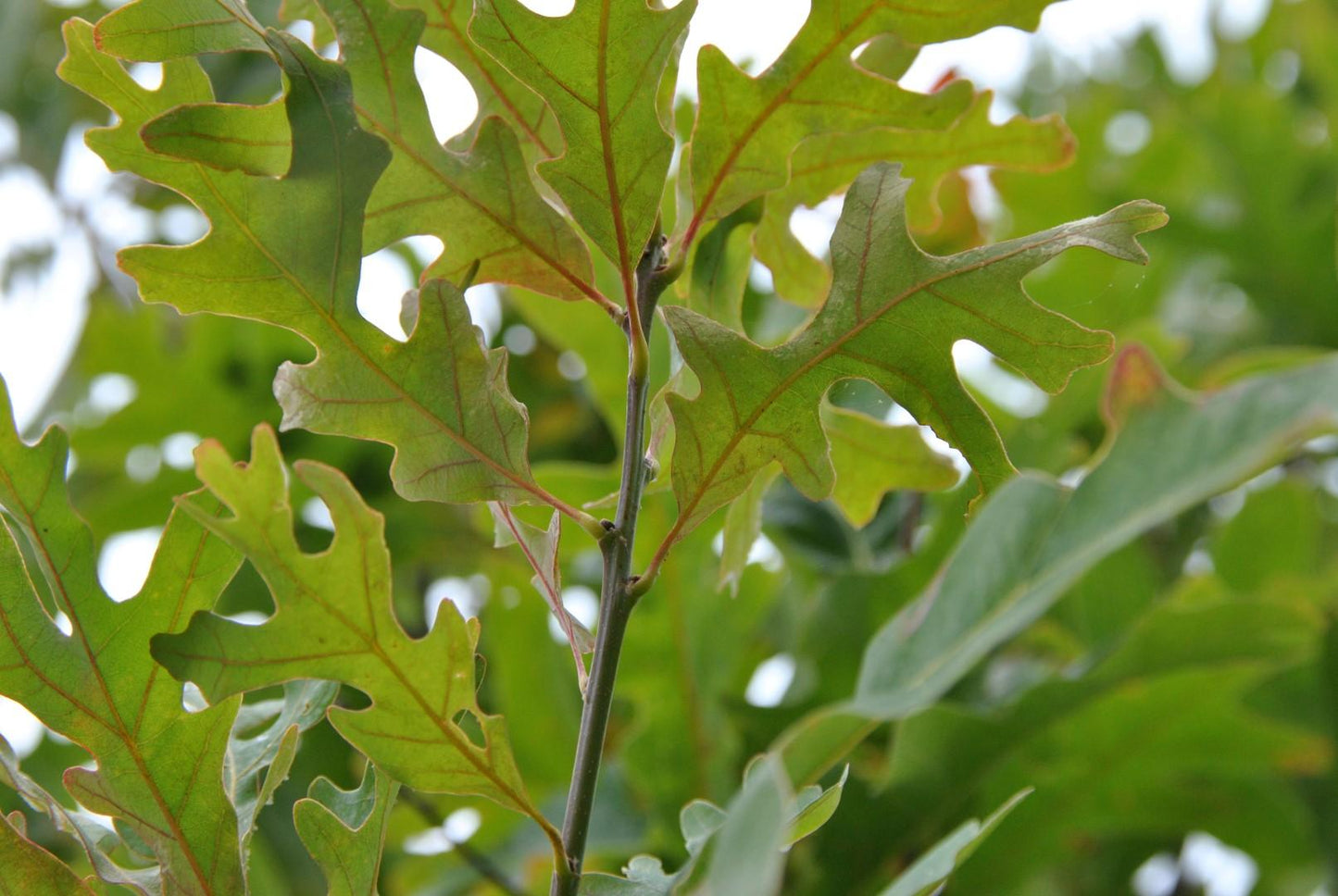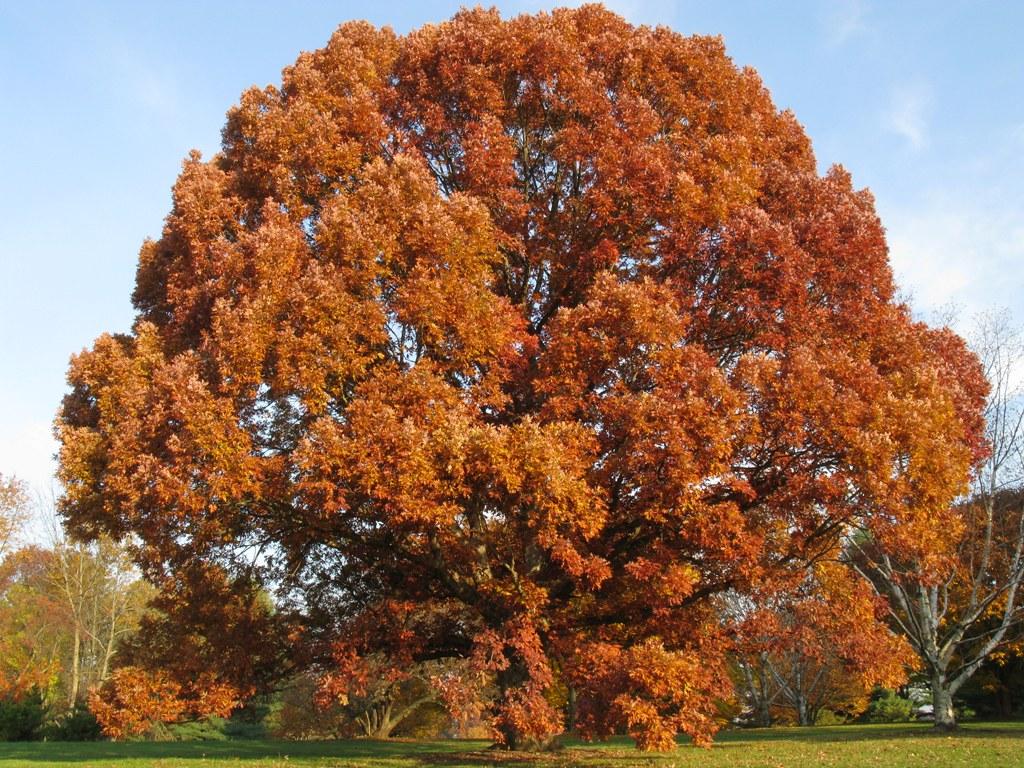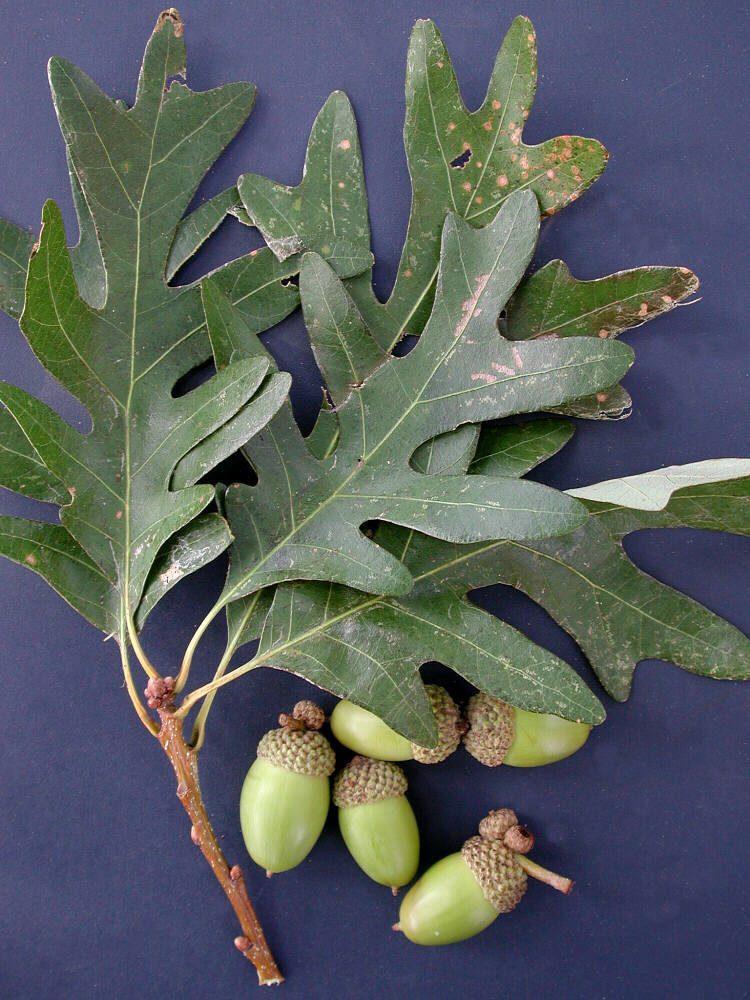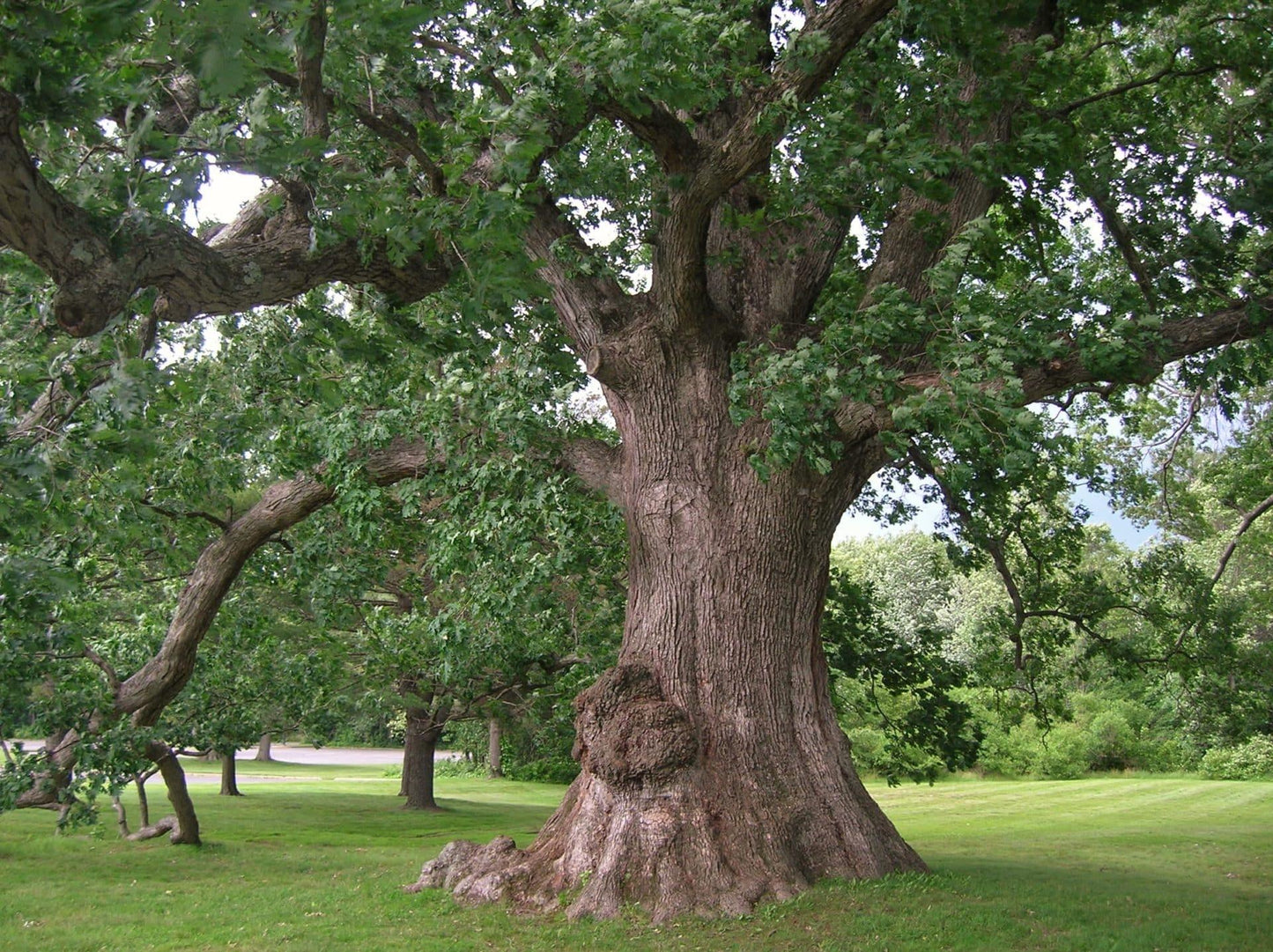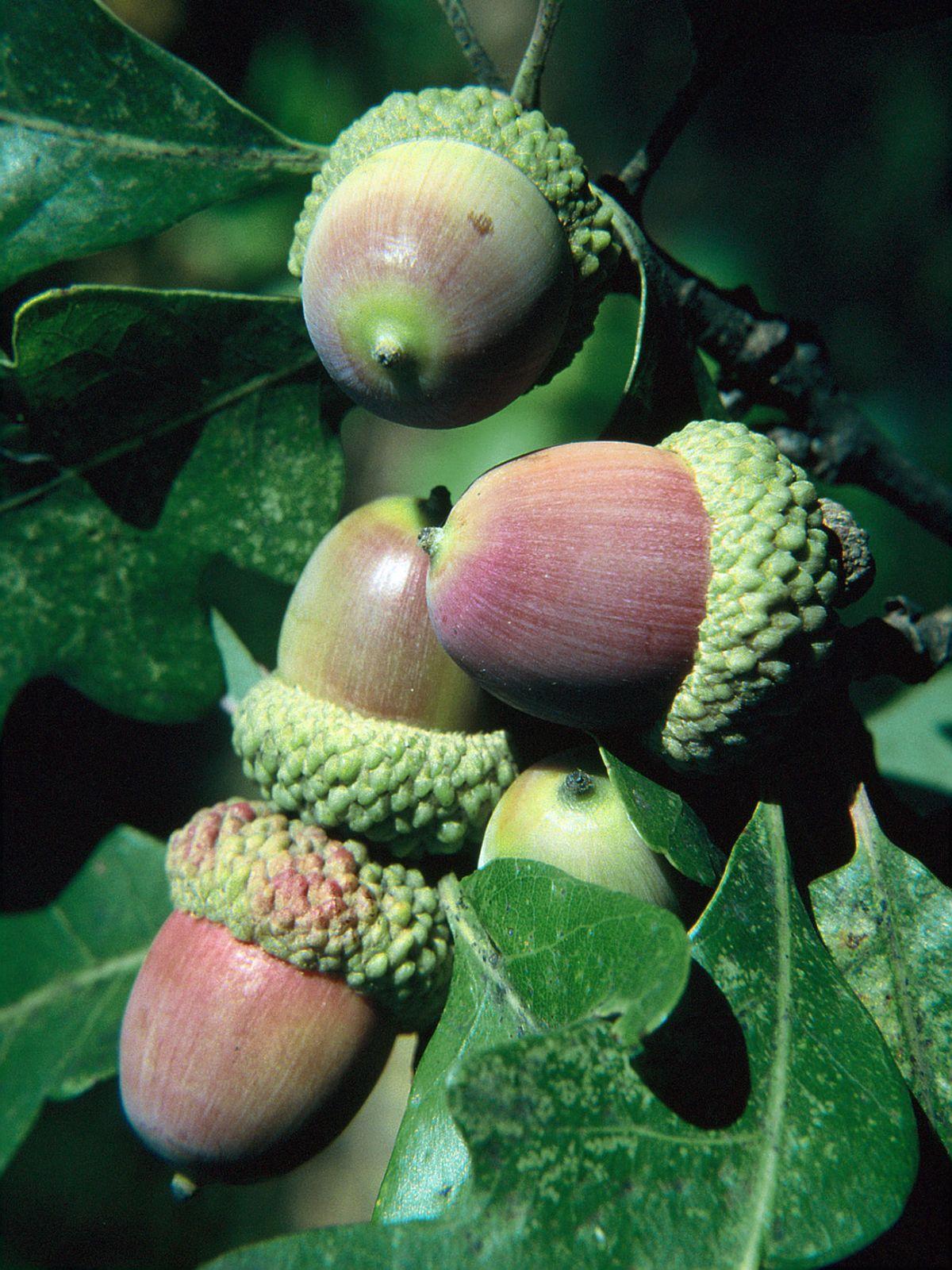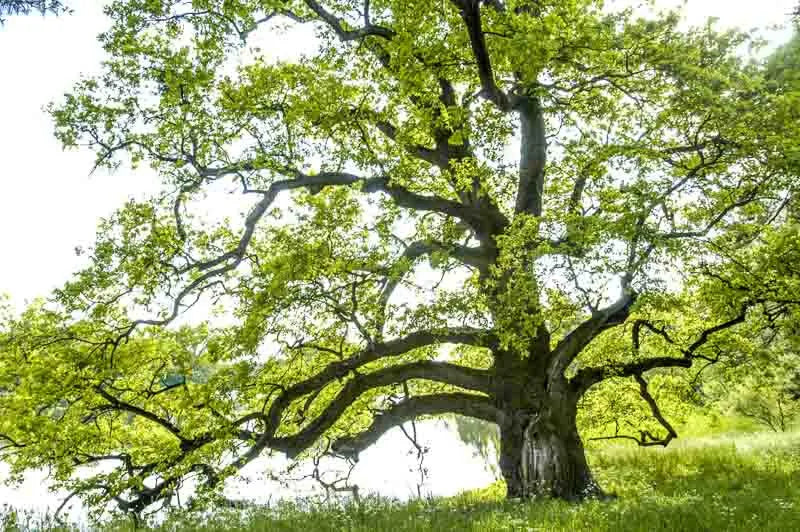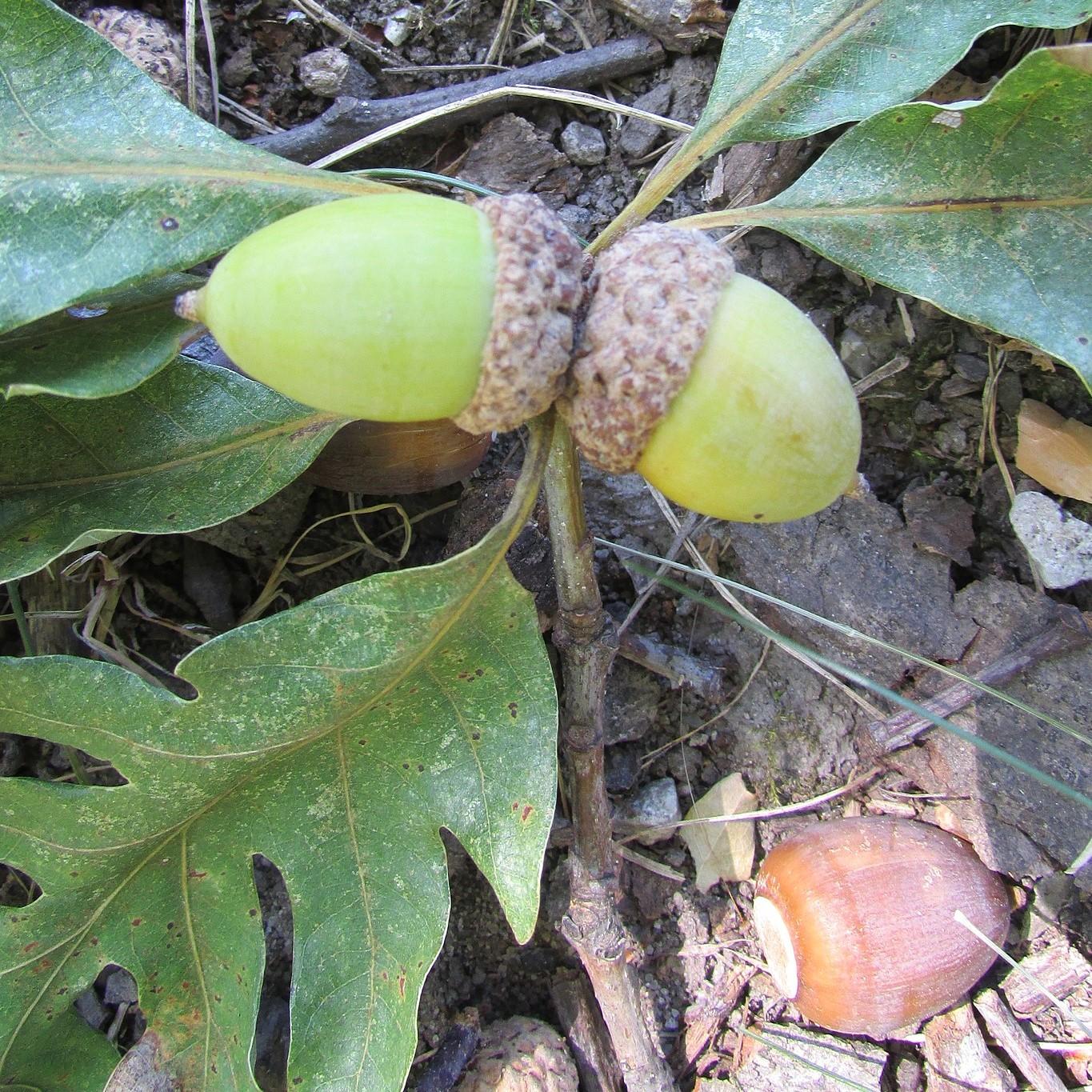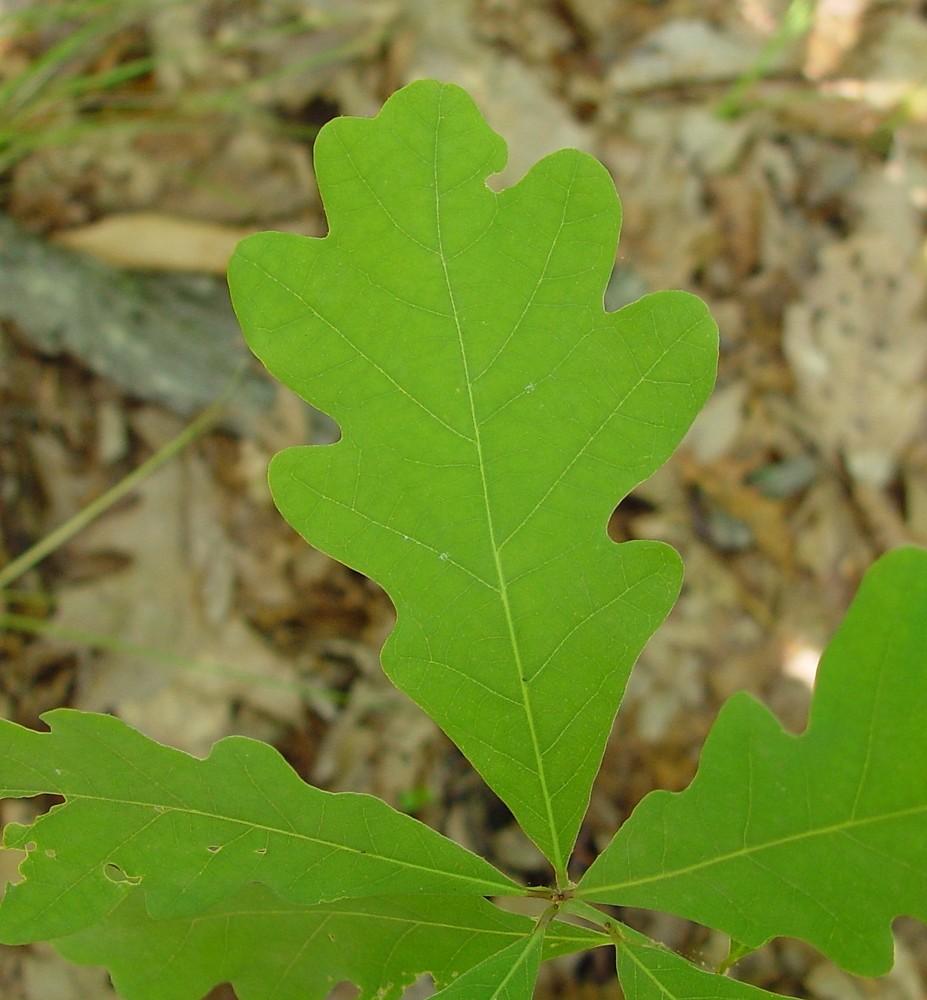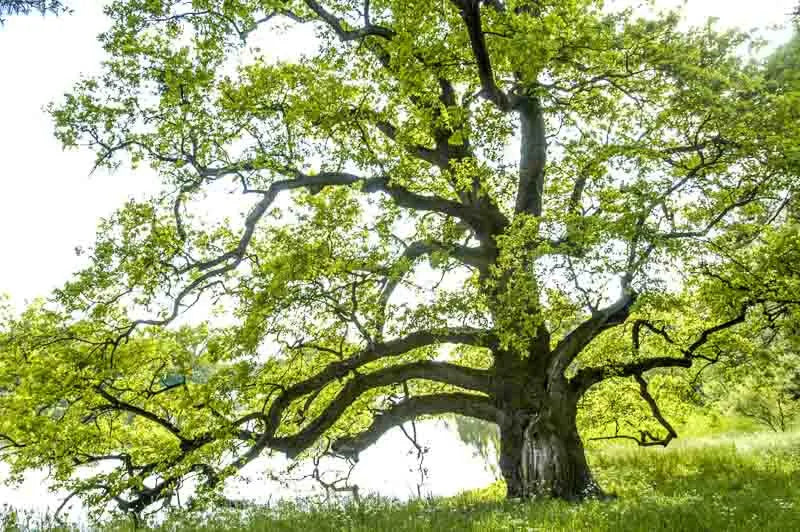1
/
of
22
Quercus alba-White Oak-Majestic deciduous tree 2.5-3" cal B&B
Quercus alba-White Oak-Majestic deciduous tree 2.5-3" cal B&B
Regular price
$2,140.00 USD
Regular price
$2,782.00 USD
Sale price
$2,140.00 USD
Unit price
/
per
Shipping calculated at checkout.
SKU:nts0023-redcrocus
Couldn't load pickup availability
Quercus alba
Description
Quercus alba, commonly known as the White Oak, is a majestic deciduous tree native to eastern and central North America. It is renowned for its impressive size, longevity, and beautiful fall foliage, which turns a striking red or burgundy. The White Oak is a keystone species in its ecosystem, providing habitat and food for a wide range of wildlife.
Suggested Uses
The White Oak is ideal for large landscapes, parks, and naturalized areas. It serves as an excellent shade tree and is valued for its strong wood, which is used in furniture and flooring. Its acorns are a vital food source for many animals, making it a great choice for wildlife gardens.
Plant Details
-
 Botanical Name: Quercus alba
Botanical Name: Quercus alba -
 Common Name: White Oak
Common Name: White Oak -
 Size & Growth: 50-80 feet tall, 50-80 feet wide
Size & Growth: 50-80 feet tall, 50-80 feet wide -
 Hardiness Zones: 3-9
Hardiness Zones: 3-9 -
 Foliage Type: Deciduous
Foliage Type: Deciduous -
 Bloom Time: Spring
Bloom Time: Spring -
 Growth Rate: Slow to medium
Growth Rate: Slow to medium -
 Light Requirements: Full sun to partial shade
Light Requirements: Full sun to partial shade -
 Attracts Pollinators: Yes
Attracts Pollinators: Yes -
 Indoor Friendly: No
Indoor Friendly: No -
 Container Friendly: No
Container Friendly: No -
 Deer Resistant: No
Deer Resistant: No -
 Pet Warning: Acorns can be toxic if ingested in large quantities
Pet Warning: Acorns can be toxic if ingested in large quantities -
 Fragrant: No
Fragrant: No -
 Cut Flower: No
Cut Flower: No -
 Grows Well With: Other native hardwoods and understory plants
Grows Well With: Other native hardwoods and understory plants
Care Tips
-
 Planting Instructions: Plant in early spring or fall in a location with well-drained soil.
Planting Instructions: Plant in early spring or fall in a location with well-drained soil. -
 Soil Moisture: Prefers moist, well-drained soil but can tolerate dry conditions once established.
Soil Moisture: Prefers moist, well-drained soil but can tolerate dry conditions once established. -
 Soil Type: Adaptable to a variety of soil types, including sandy, loamy, and clay soils.
Soil Type: Adaptable to a variety of soil types, including sandy, loamy, and clay soils. -
 Humidity: Tolerates a range of humidity levels.
Humidity: Tolerates a range of humidity levels. -
 Pruning Instructions: Prune in late winter to early spring to remove dead or damaged branches.
Pruning Instructions: Prune in late winter to early spring to remove dead or damaged branches. -
 Winter Care: Generally hardy; mulch around the base to protect roots in colder climates.
Winter Care: Generally hardy; mulch around the base to protect roots in colder climates. -
 Planting Depth: Ensure the root flare is at or slightly above ground level.
Planting Depth: Ensure the root flare is at or slightly above ground level. -
 Fertilization: Fertilize in early spring with a balanced fertilizer if needed.
Fertilization: Fertilize in early spring with a balanced fertilizer if needed. -
 Special Care: Monitor for pests such as oak wilt and gypsy moths.
Special Care: Monitor for pests such as oak wilt and gypsy moths.
Share
